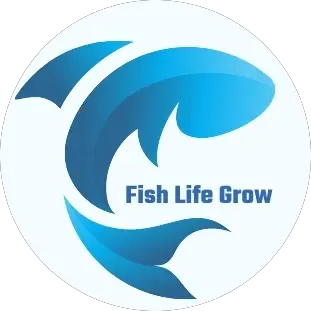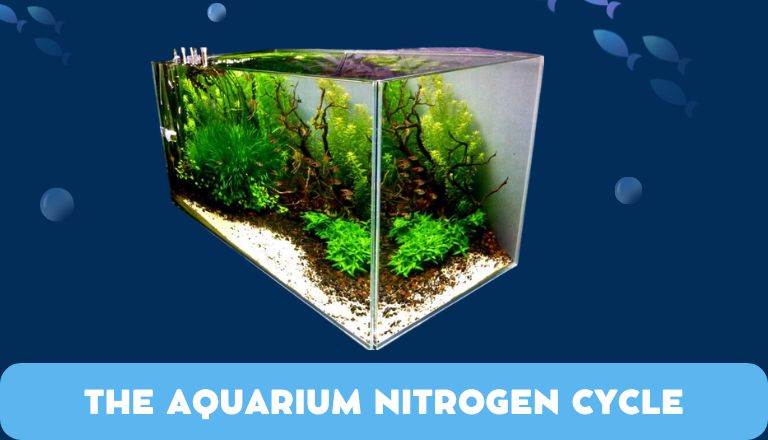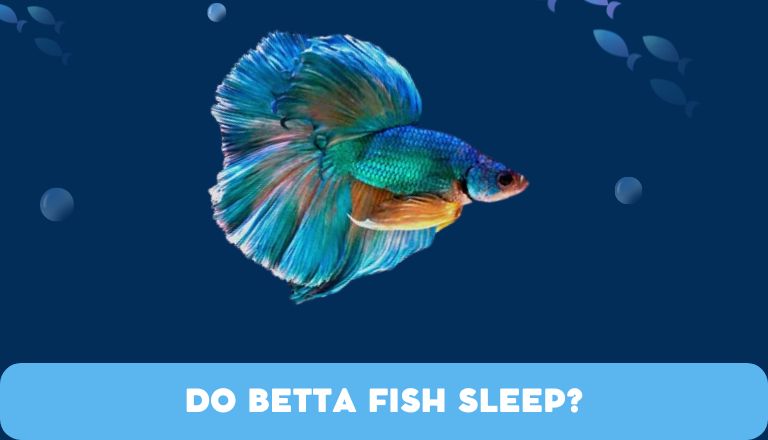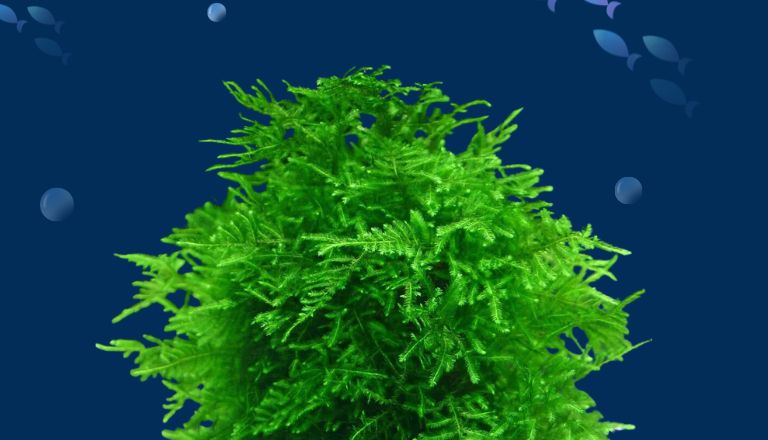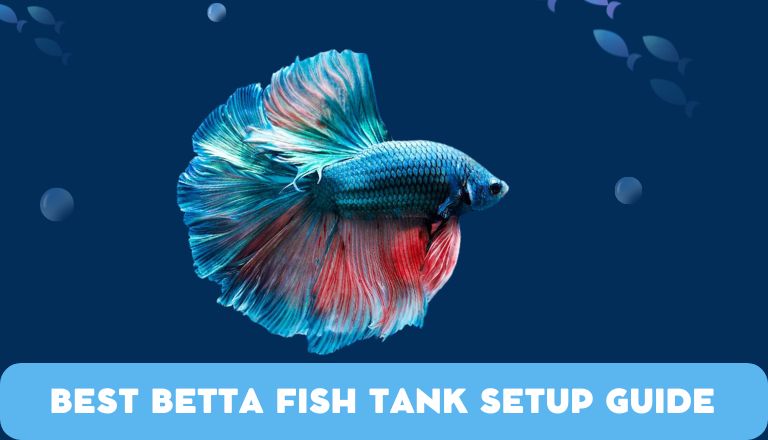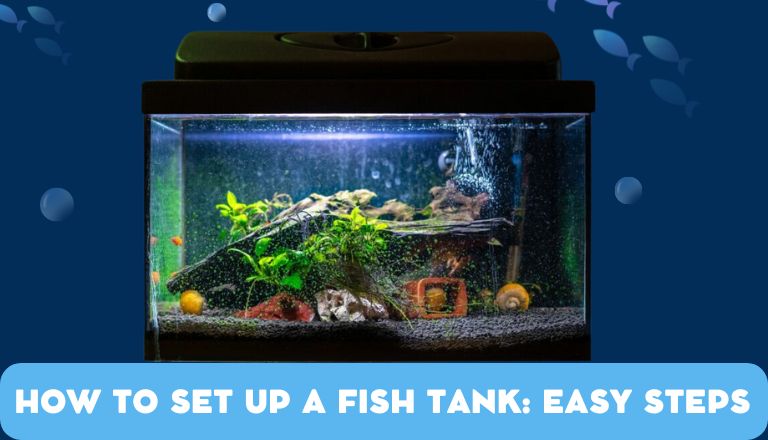The Aquarium Nitrogen Cycle: Proven Methods For Beginners
The Aquarium Nitrogen Cycle is a biological process vital to keeping fish happy and tanks clean. Beginner aquarists must understand it to create a healthy aquatic environment.
Your fish produce waste in the form of ammonia. If not controlled, this harmful substance can harm your fish. Due to the Aquarium Nitrogen Cycle, beneficial bacteria that live in filters and the substrate transform toxic byproducts from waste into nontoxic compounds.
Let’s discuss The Aquarium Nitrogen Cycle in detail.
Understanding The Basics of an Aquarium Cycle
The aquarium cycle creates a healthy and balanced ecosystem for your fish. Waiting for bacteria to grow in your tank before adding fish is important. This process, called cycling, usually takes a few weeks. During this time, test the water regularly to check the cycle and ensure it’s safe for fish.
The cycle consists of three main stages: ammonia, nitrite, and nitrate. It starts with introducing fish or organic matter, which produces ammonia as waste. Beneficial bacteria then convert harmful ammonia into safe nitrate through nitrification. Another group of bacteria converts nitrites into less toxic nitrates.
These nitrates are removed through regular water changes or absorbed by live plants to maintain water quality. You can keep your fish healthy by letting good bacteria grow in your tank.
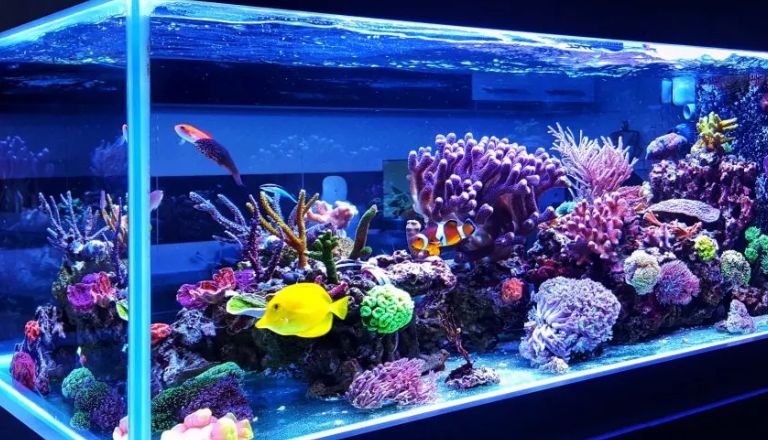
By understanding the basics of the aquarium cycle, you can make a stable and healthy environment and learn about balance and sustainability in a fish tank.
Important Things to Know About Beneficial Bacteria
Beneficial bacteria play a vital role in the aquarium nitrogen cycle by converting harmful ammonia into less toxic substances. These bacteria are essential for maintaining water quality and creating a healthy environment for fish. These beneficial bacteria need time to establish and multiply in the aquarium, so do not overload the tank with fish too quickly.
Beneficial bacteria also require a stable environment, including consistent water parameters such as temperature and pH. Avoid using harsh chemicals or antibiotics in the aquarium, as they can disrupt the delicate balance of these helpful microbes.
You can better manage their tanks by understanding the importance of beneficial bacteria in the nitrogen cycle.
Phases of an Aquarium Cycle
There are several phases of an Aquarium Cycle:
Initial Setup:
Here, we fill the aquarium with water, add decorations, and introduce beneficial bacteria to start the nitrogen cycle.
Increased ammonia levels:
When an aquarium cycle starts, beneficial bacteria are not present yet. This causes ammonia to increase from fish waste and excess food. High ammonia levels can harm fish and other aquatic life in the tank.
Nitrites appear:
As the cycle progresses, specialized bacteria start converting ammonia into nitrites. Nitrites are also toxic to fish but at a lower level than ammonia. The presence of nitrites indicates that the bacterial colony is developing and working to transform harmful substances in the water.
Nitrates appear:
Once the nitrite-converting bacteria are established, they break down nitrites into nitrates. Nitrates are much less harmful to fish and can be removed with water changes or absorbed by live plants in the tank. The appearance of nitrates signifies that the cycling process is approaching completion.
Cycling complete:
When all three phases have occurred successfully and stable levels of nitrates are present, the aquarium cycle is considered complete. Beneficial bacteria keep your fish tank healthy by changing bad stuff into good. It’s important to check the water often to ensure everything stays right for your fish.

During these stages of the aquarium cycle, test water parameters regularly and perform partial water changes to maintain a healthy environment for fish. By understanding these different phases of the aquarium cycle, hobbyists can create healthy ecosystems for fish.
Introducing an Ammonia Source
In an aquarium nitrogen cycle, introducing an ammonia source is essential for establishing a healthy ecosystem for aquatic life. Ammonia serves as a primary nutrient for beneficial bacteria, breaking it down into less harmful forms. These bacteria play a vital role in converting toxic ammonia into nitrite and then into nitrate, which is less damaging to fish.
When adding an ammonia source to your aquarium, start with small amounts and gradually increase the dosage over time. This allows the beneficial bacteria population to grow and adjust accordingly, preventing any sudden spikes in toxic ammonia levels that could harm your fish.
Carefully manage the introduction of an ammonia source to promote the health and well-being of your fish and ensure a stable and thriving nitrogen cycle in your aquarium.
Introducing Hardy Fish
Hardy Fish are important for the aquarium nitrogen cycle. These fish are tough and can handle changes in water conditions. They help start the cycling process in a new tank and can tolerate ammonia and nitrite spikes.
Hardy Fish produce waste that creates ammonia. This feeds good bacteria that change it into less harmful nitrates. This establishes a healthy biological filtration system within the aquarium.
Do not put too many strong fish in the tank at once. Doing so can stress the fish and create too much waste.
Adding hardy fish to your aquarium can start the nitrogen cycle and make a stable environment for your aquatic pets.
Frozen Shrimp Method
The Frozen Shrimp Method is a popular technique aquarium enthusiasts use to kickstart the nitrogen cycle in a new tank. This process involves placing raw, uncooked shrimp in the tank to decompose and release ammonia, which serves as food for beneficial bacteria. These bacteria break down the ammonia into nitrites and then nitrates, creating a balanced environment for fish.
The key advantage of using this method is its simplicity and effectiveness. It keeps water clean and gives fish a good place to live. This is helpful for new fish owners to learn about cycling before adding fish to their tanks.
As the shrimp decomposes over several days, monitor water parameters such as ammonia, nitrite, and nitrate levels using test kits. This ensures that the nitrogen cycle progresses smoothly and allows adjustments to be made if needed.
Using the Frozen Shrimp Method can help your aquarium thrive in the long run.
Fish Food Method
The fish food method is a crucial part of the aquarium nitrogen cycle. When you feed your fish, they produce waste in the form of ammonia. If not processed properly, this ammonia can be harmful to your fish.
As fish digest their food, they release ammonia through their gills and as waste. Beneficial bacteria then convert this harmful ammonia into nitrites and eventually nitrates, which are less toxic to fish when kept at low levels. Test water regularly and monitor nitrogen compounds to keep your aquatic pets healthy.
Avoid overfeeding your fish to prevent uneaten food from causing an imbalance in the nitrogen cycle. Feed responsibly and use good filtration to create a healthy ecosystem for your fish to thrive in.
Pure Ammonia Method
The Pure Ammonia Method is a reliable technique aquarium enthusiasts use to kickstart the nitrogen cycle in a new tank. Adding pure ammonia to the water encourages beneficial bacteria to colonize and break down toxic ammonia into less harmful nitrites and nitrates. This process mimics nature’s way of establishing a balanced ecosystem within the aquarium.
The benefit of using the Pure Ammonia Method is that it controls ammonia levels, preventing stress on fish and providing nutrients for the beneficial bacteria to thrive.
This method can reduce cycling time compared to traditional methods, allowing for faster fish stocking.
Implementing the Pure Ammonia Method in your aquarium setup can lead to a healthier and more stable environment for your aquatic inhabitants. With proper monitoring and maintenance, this method offers an efficient way to establish a thriving ecosystem.
How To Cycle Your Aquarium (3 Methods)
There are three main methods for cycling your aquarium to establish a healthy environment. The first method is fishless cycling, which involves adding a source of ammonia to kickstart the nitrogen cycle without harming any fish. This method takes patience but ensures a stable and safe habitat for aquatic creatures.
Another effective method is using live plants in your aquarium to help cycle the water naturally. Plants such as anacharis, hornwort, and duckweed can absorb ammonia and nitrites, helping to maintain proper water parameters for your fish. In addition to providing oxygen and absorbing nutrients, live plants enhance your tank’s aesthetics while promoting a balanced ecosystem.
Cycling Using A Seasoned Filter Media (Fastest Method)
When it comes to cycling your aquarium, use filter media from a tank that’s already set up. A sponge filter from another tank works well. The bacteria on the sponge will start the nitrogen cycle in your new tank. It reduces cycling time and creates a stable environment for your aquatic pets.
Another method of cycling your aquarium is to use live plants. Live plants naturally absorb ammonia and nitrites to maintain water quality. Adding live plants to your aquarium creates a balanced ecosystem that supports healthy bacteria growth and provides surfaces for beneficial microorganisms. Including live plants in the cycling process also maintains water quality.
Add bio media from an old filter to quickly cycle your new aquarium. This will bring good bacteria into the new system, helping with filtration and speeding up the cycling process. Using these methods, you can create a healthier environment for your fish faster.
How to Perform a Fish-In Cycle
The fish-in cycle method involves adding fish to your aquarium and maintaining water quality throughout the cycling process. To successfully cycle fish-in, closely monitor ammonia, nitrite, and nitrate levels to protect the fish. Begin with a few hardy fish like guppies or danios to reduce stress on the water. Test and change the water regularly to control ammonia and nitrite levels as beneficial bacteria grow.
Avoid overfeeding during a fish-in cycle, as excess food will increase ammonia levels in the tank. Adding a bacterial supplement speeds upcycling by introducing beneficial bacteria that break down harmful substances.
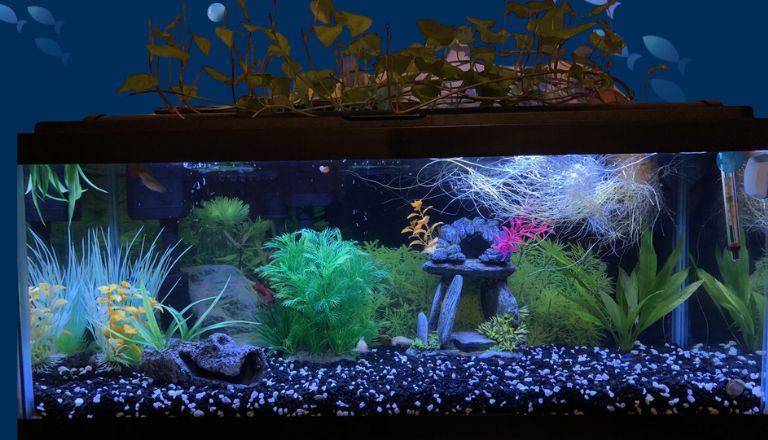
When cycling your aquarium with fish, be patient. The biological filtration system takes time to fully establish. Monitor water quality and watch your fish closely to ensure their well-being.
How to Perform a Fishless Cycle
One effective method to cycle your aquarium is through a fishless cycle. This process involves adding an ammonia source to the tank to kickstart the growth of beneficial bacteria.
Start by adding pure ammonia without extra substances, targeting a concentration of around 4 ppm. Check the water often and keep this level until you notice nitrites, showing that the helpful bacteria are growing.
During this process, monitor the ammonia, nitrites, and nitrate levels using test kits designed for aquariums. After several weeks, once you detect nitrates but no trace of ammonia or nitrites, your tank is fully cycled and ready for fish.
Do not add livestock during this cycle period, as high levels of ammonia and nitrites can be harmful or fatal to fish. By following these steps, you can create a safe and healthy environment for your fish.
What is the Role of Biomedia in the Aquarium Nitrogen Cycle?
Biomedia provides a surface for beneficial bacteria to colonize. These bacteria change harmful ammonia into less toxic substances like nitrites and nitrates, which helps keep the tank healthy. The biomedia, typically ceramic rings, bio-balls, or sponges, offers a large surface area where these bacteria can thrive and effectively remove waste from the aquarium water.
To maintain water quality and prevent harmful ammonia spikes, use sufficient biomedia in your filter. Biomedia in an aquarium creates a stable ecosystem by hosting helpful bacteria that break down waste efficiently. To support the nitrogen cycle and keep your fish healthy clean and maintain the biomedia regularly.
Biomedia is important in aquariums because it gives good bacteria a place to live. The effectiveness of biomedia in keeping the water clean depends on things like how fast the water moves, how much space there is for bacteria to grow, and how often it’s cleaned.
Conclusion
Understand the nitrogen cycle in your aquarium to maintain a healthy environment for your fish. This article discusses three proven methods for establishing and maintaining this cycle. By following these steps, you can ensure that harmful ammonia and nitrite levels stay in check, promoting the well-being of your fish. To keep your aquarium ecosystem balanced, monitor water parameters regularly and adjust as needed.
FAQS
What are the Steps in a Nitrogen Cycle in an Aquarium?
The nitrogen cycle in an aquarium process involves several key steps. First, fish produce waste in the form of ammonia. Then beneficial bacteria called nitrifying bacteria convert ammonia into nitrite. Finally, another beneficial bacteria converts nitrite into nitrate, which is much less toxic.
How to Cycle a Fish Tank for Beginners?
For beginners, the most common method is the fishless cycling approach. This involves adding ammonia to the tank to kickstart the growth of beneficial bacteria that will break down harmful substances like ammonia and nitrites. You can use pure ammonia or fish food as a source of ammonia for this process.
How do I speed up the nitrogen cycle in my fish tank?
To speed up the nitrogen cycle in your fish tank, provide a sufficient amount of beneficial bacteria. Change the water regularly to remove excess waste and toxins from the tank. Also, avoid overfeeding your fish. Add live plants to your tank, as they absorb excess nutrients.
How to Start a Nitrogen Cycle Quickly?
To start a nitrogen cycle quickly in an aquarium, add beneficial bacteria. These bacteria convert toxic ammonia into less harmful nitrites and then into nitrates.
Also, add a small amount of fish food or pure ammonia to the tank. This will provide a food source for the beneficial bacteria and help them multiply more rapidly, providing the right conditions for beneficial bacteria.
Can you put Fish in a Tank Without Cycling?
Putting fish in a tank without cycling it first is not recommended. Without an established ecosystem, the water quality in the tank can quickly deteriorate, leading to stress and potential health issues for the fish.
